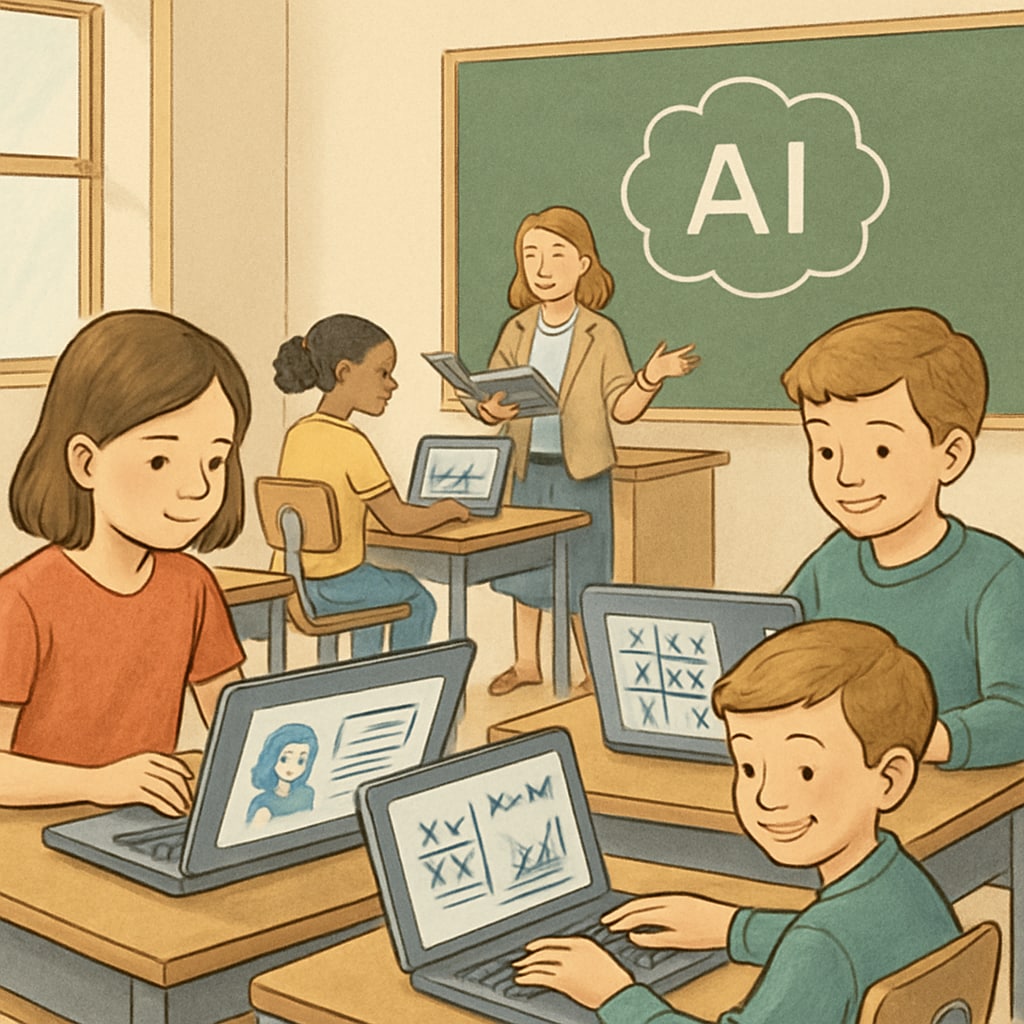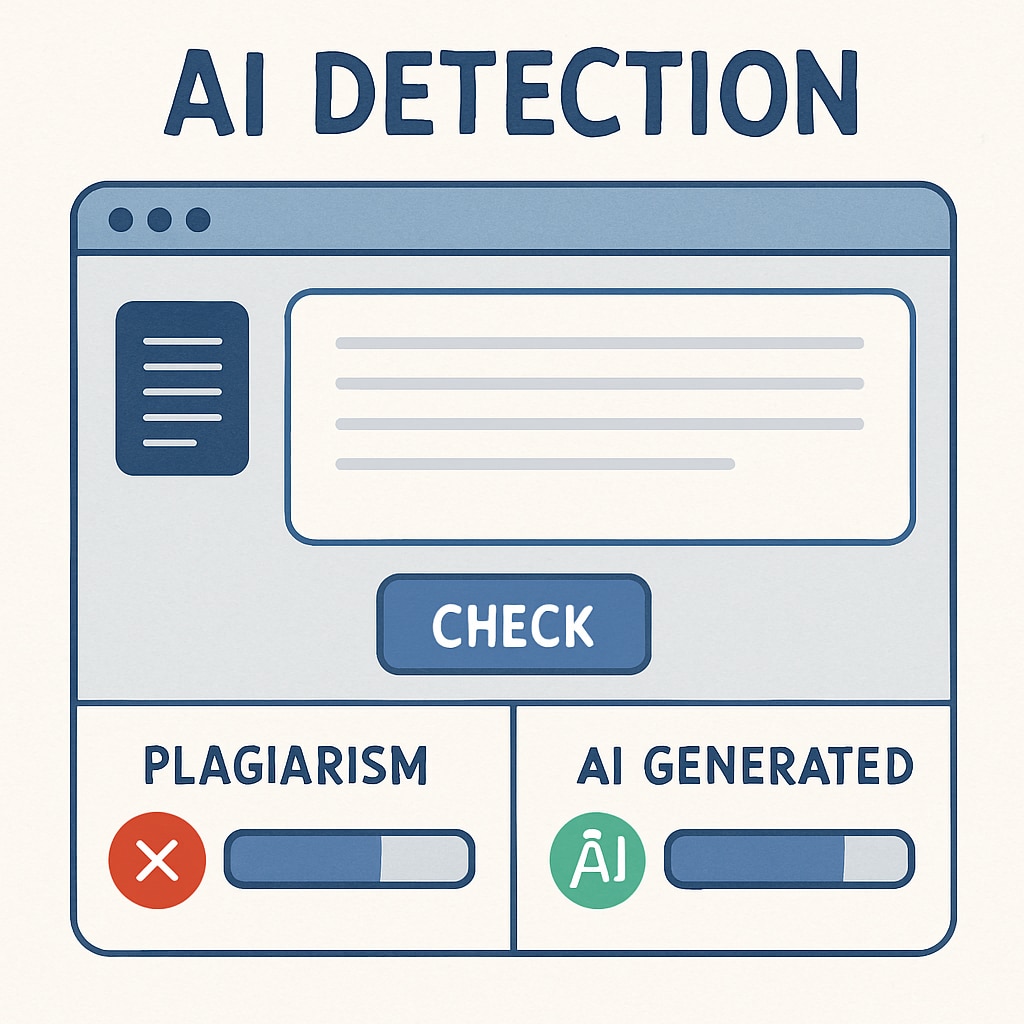The integration of AI tools into K-12 education has sparked debates about academic integrity, detection solutions, and education costs. As AI technologies like ChatGPT and automated essay generators become ubiquitous, educators face the challenge of maintaining ethical standards while leveraging the advantages these tools offer. This article explores the benefits and drawbacks of AI-assisted learning, strategies educators can adopt, and how schools can navigate limited budgets to create fair and reliable evaluation systems.
Balancing Innovation and Academic Integrity
AI tools have revolutionized the way students learn, providing instant access to information, personalized tutoring, and creative problem-solving opportunities. However, these innovations also raise concerns about academic integrity. For example, students may use AI to complete assignments without genuine effort, leading to plagiarism and diminished learning outcomes. Moreover, educators struggle to differentiate between original work and AI-generated content, which undermines trust in the grading system.

To address these challenges, schools must implement robust policies that encourage ethical AI usage. Educators should focus on teaching students how to leverage AI responsibly, such as using tools for brainstorming ideas rather than producing entire essays. Furthermore, integrating discussions about digital ethics into the curriculum can help students understand the importance of maintaining academic integrity.
Detection Tools: A Double-Edged Sword
Detection solutions, such as plagiarism checkers and AI content analyzers, have emerged as critical tools for maintaining academic standards. While these technologies can identify AI-generated content, they are not foolproof. As AI evolves, detection tools must continuously adapt to stay effective, which can become costly for schools operating on tight budgets.
For example, OpenAI’s AI Text Classifier provides a basic method for identifying AI-written text, but its accuracy varies depending on the complexity of the content. Educators should combine technological tools with traditional evaluation methods, such as oral presentations and project-based assessments, to ensure a comprehensive understanding of student abilities.

In addition, schools can collaborate with ethical AI organizations to access affordable or open-source detection solutions. This approach minimizes costs while ensuring that academic standards are upheld.
Navigating Education Costs in AI Integration
The financial aspect of introducing AI tools into K-12 education cannot be ignored. Many schools operate within limited budgets, making it challenging to invest in cutting-edge technologies and detection solutions. However, there are cost-effective strategies to integrate AI without compromising educational quality.
- Open-source AI tools: Schools can explore free or low-cost AI platforms for teaching and assessment purposes, reducing upfront expenses.
- Professional development: Investing in teacher training for AI literacy ensures that educators can maximize the benefits of these tools while mitigating risks.
- Collaborative funding: Partnerships with private organizations or government grants can provide financial support for AI initiatives.
By prioritizing cost-efficient solutions, schools can create an equitable learning environment that benefits all students, regardless of socioeconomic status.
Looking Ahead: Ethical AI Practices in Education
The ethical integration of AI tools in K-12 education requires a balance between innovation and responsibility. Educators must adopt proactive strategies to address academic integrity concerns, such as fostering critical thinking and promoting transparency in AI usage. Additionally, schools should invest in scalable detection solutions and explore funding opportunities to manage education costs effectively.
As a result, AI can become a powerful ally in education, transforming learning experiences while preserving the integrity of academic evaluations. By navigating these challenges thoughtfully, schools can ensure that AI serves as a tool for empowerment rather than a source of ethical dilemmas.
Readability guidance: This article uses clear language, short paragraphs, and actionable lists to ensure accessibility for educators, administrators, and policymakers. Each section incorporates transition words to improve flow and readability.


